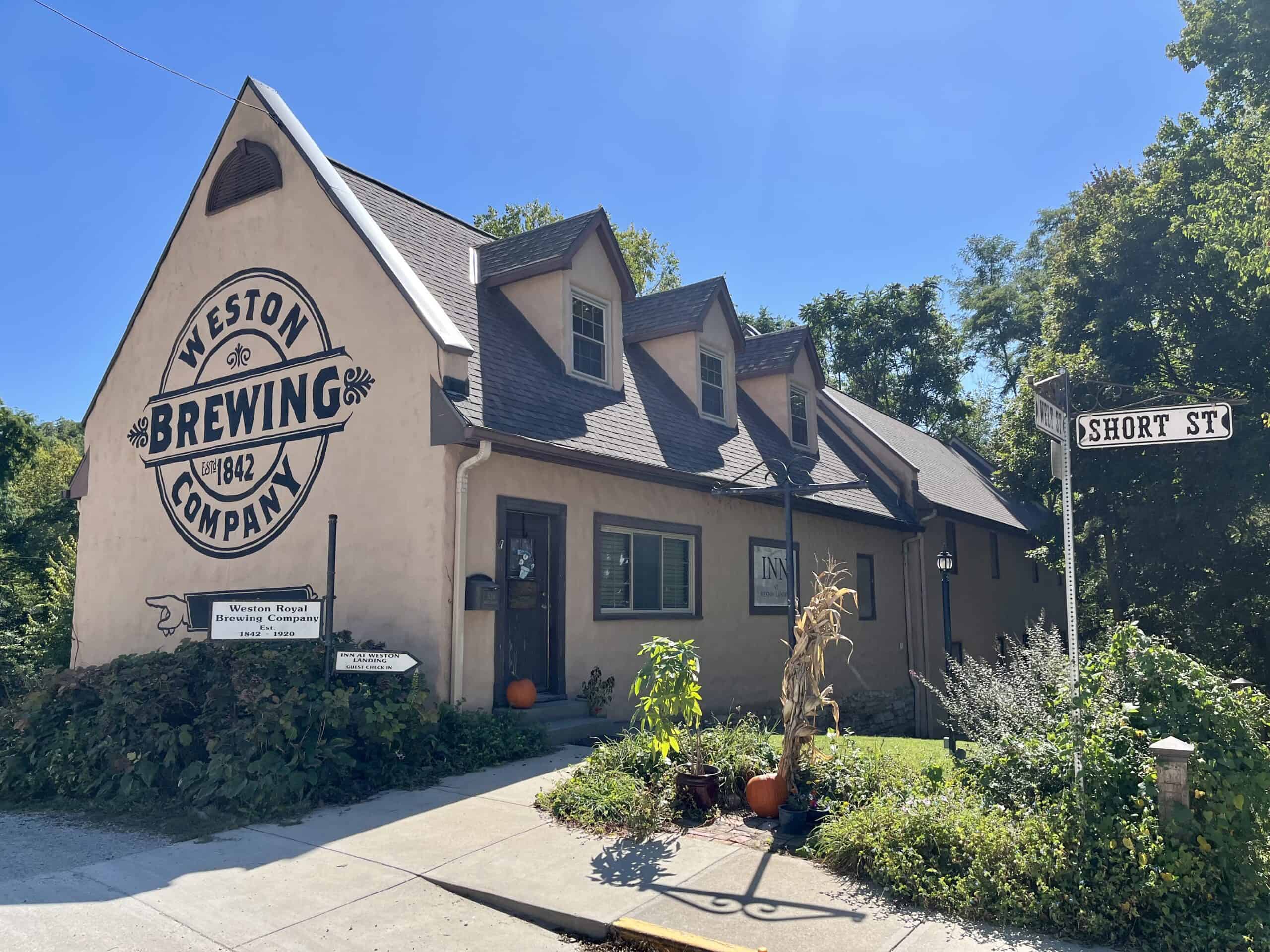Weston Missouri has a well-known reputation for its dramatic Wild West beginnings. I wanted to discover the stories myself, so I went directly to the Weston Historical Museum. As only 10% of all information has been scanned, digitized, and provided online, I find that google is hugely deficient in providing the full scope of a search topic. So, I prefer to go to the places which house the other 90% and finding the narratives there.
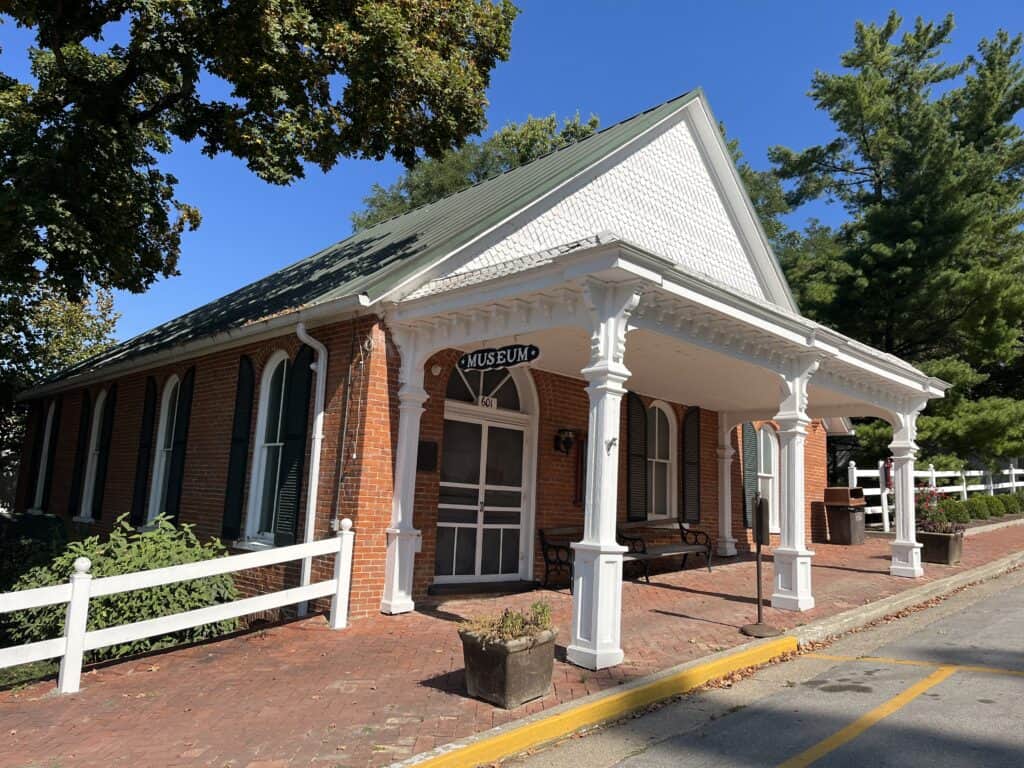
I introduced myself to staff member, Susan Grinlinton. She pulled a notebook for me which contained a compilation of the history of every building, by address. I was impressed by the enormous labor of research that was invested in this project. I took copious notes, and was excited to walk though town and know what originally existed in each shop I entered. I began my tour of the town, but returned several times to the museum to glean more information.
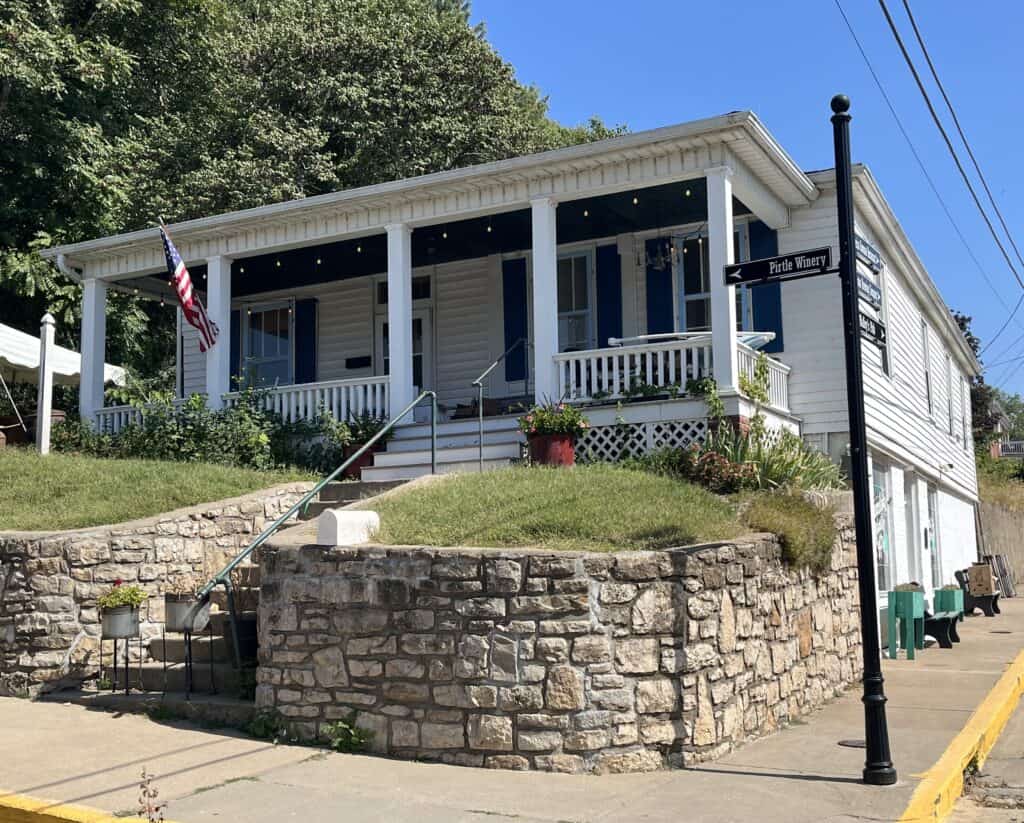
Here is the home where young Buffalo Bill Cody lived with this aunt and uncle, after his father was killed.
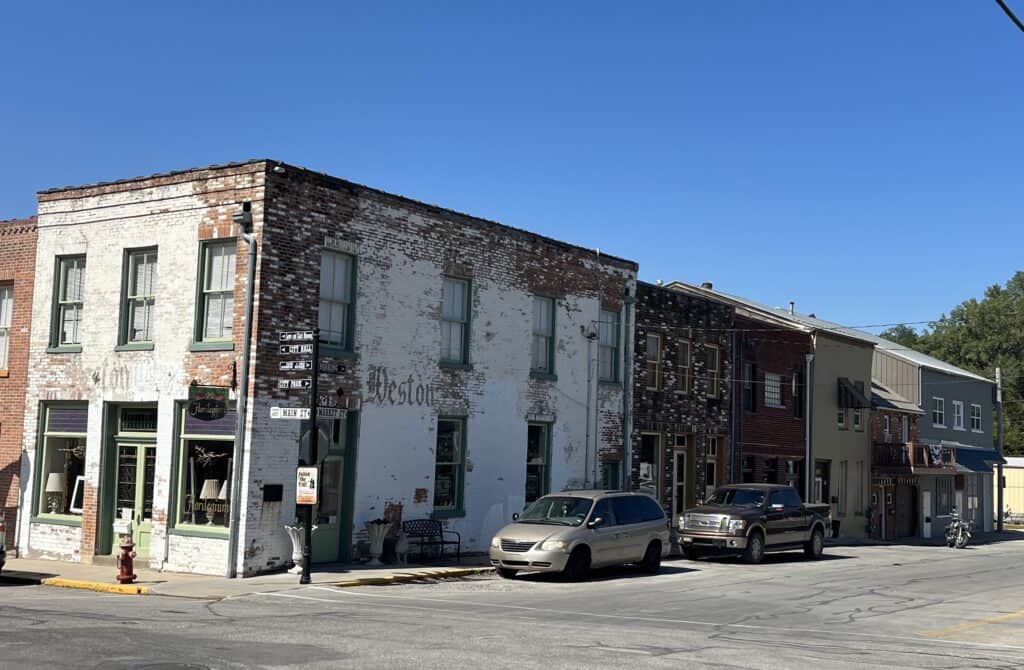
This was deemed “Hell’s Half Acre”. It sat on the rim of the Missouri River, and was a row of brothels and barrooms. The largest establishment, on the corner, was the Empire Saloon (1862 – 1876), which included a bordello upstairs. Today, it is a modish yarn boutique — the Florilegium.
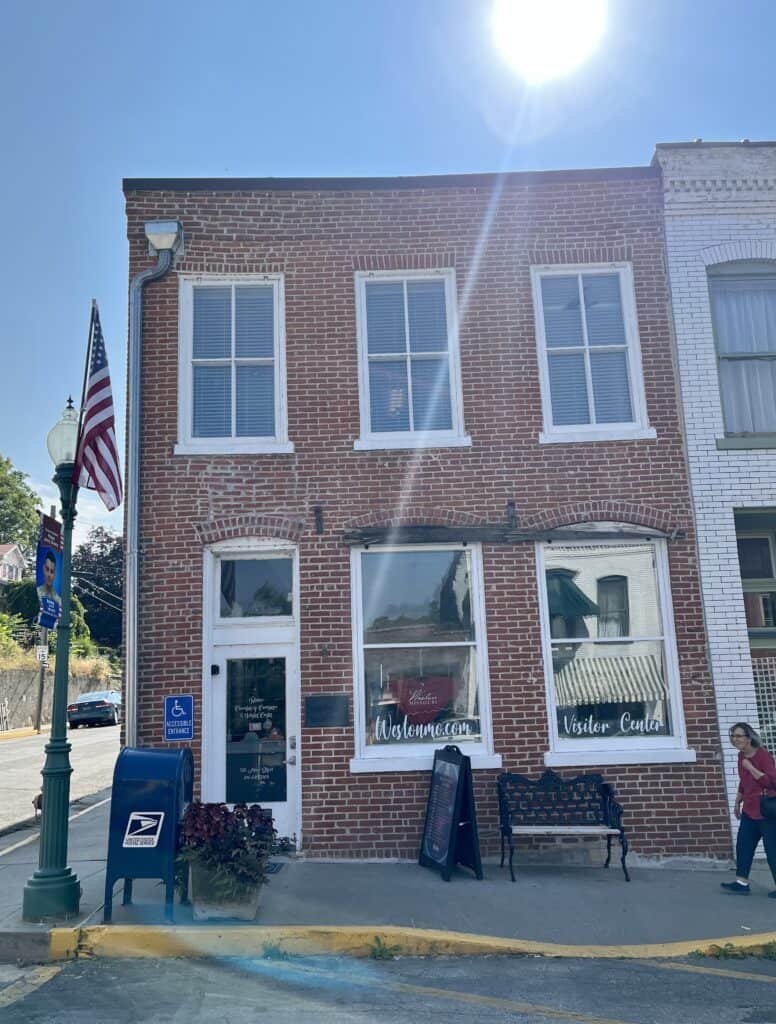
The current site of the Visitor Center was City Hall in the early 1800’s — where slave auctions occurred.
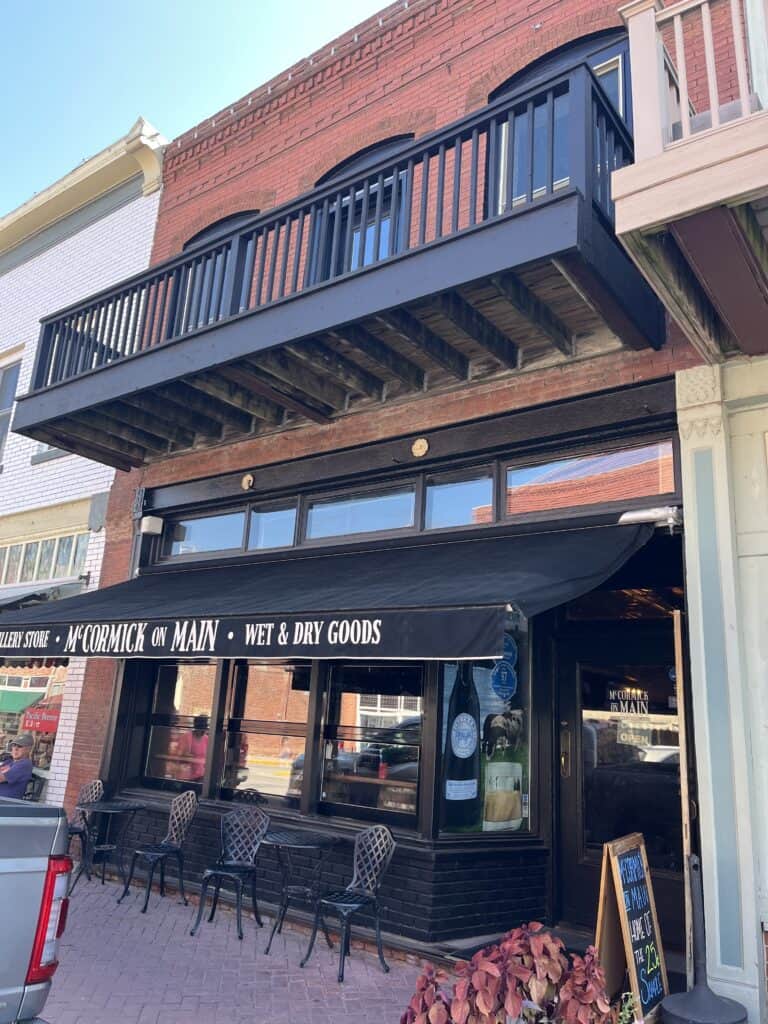
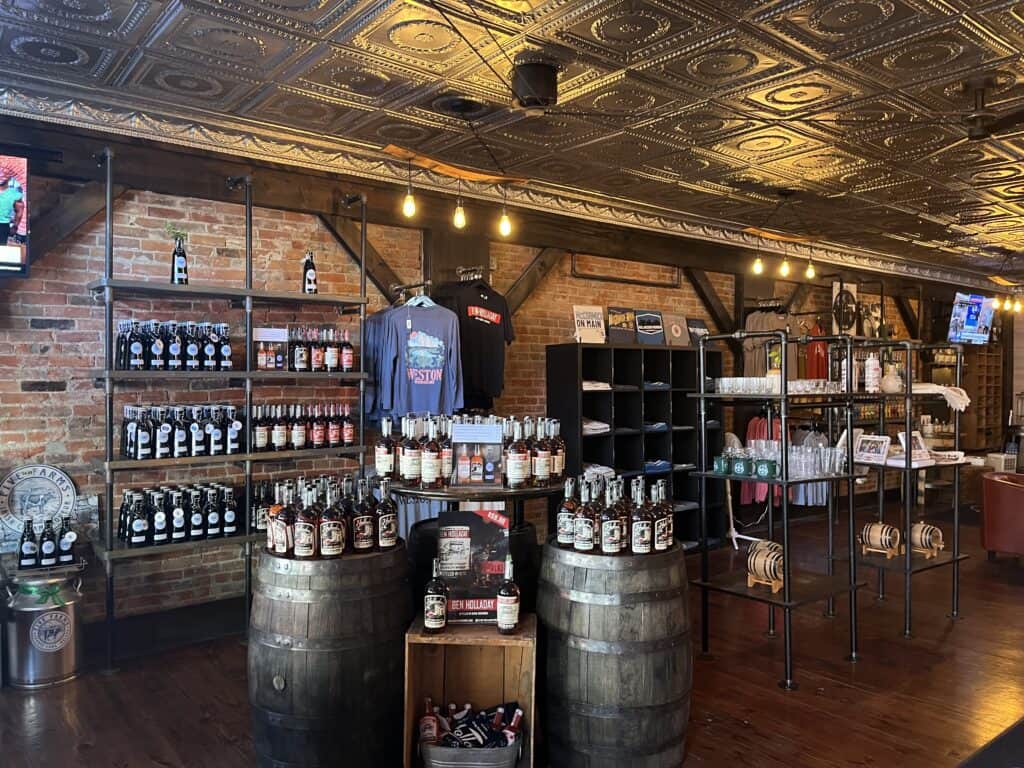
And the modern-day McCormick on Main used to be O’Dowds, in the 1880’s, which sold furniture downstairs and undertaking services above. How did the penetrating odor of the embalming fluids not seep down into the fabrics of the furniture?! Each building has a formidable past; and is well-preserved, per its designation by the National Historic Register. Weston emanates the aura of those tumultuous times.
I returned to the museum to refill on more stories. Susan, herself, is a repository of old west information, Her grandmother took care of Zerelda, Jesse James’ mother. She was her cook, housemaid, and caregiver. Susan often gives lectures on the accounts shared by her grandmother. When you come to Weston, stop at the museum, and talk to the staff. They will start your visit off loaded with information that will make your visit so much more valuable. Susan recommended if I want a visual understanding of the era, I should watch the tv series, “Hell on Wheels”. I ordered it as soon as I got home. She also told me about the diligent group in town that is curating the history of the black population in Weston, which totaled 45% in the early days. The Black Ancestors Awareness Campaign works to magnify the tremendous contribution of the enslaved people to Weston’s accomplishments.
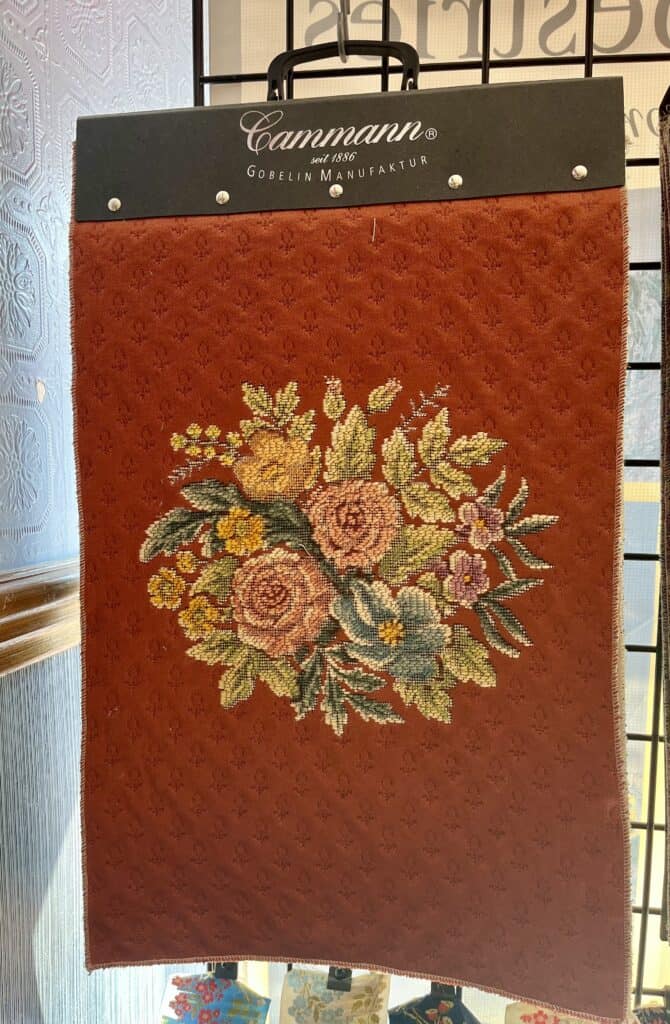
History creates an unslakable fascination. The next museum I visited partially quenched, but also escalated my curiosity, as an excellent museum should. The National Silk Art Museum sounded too narrowly specific to interest me. But I gave John Pottie, the owner, a chance to make the subject compelling. And boy, did he. I was firmly hooked!
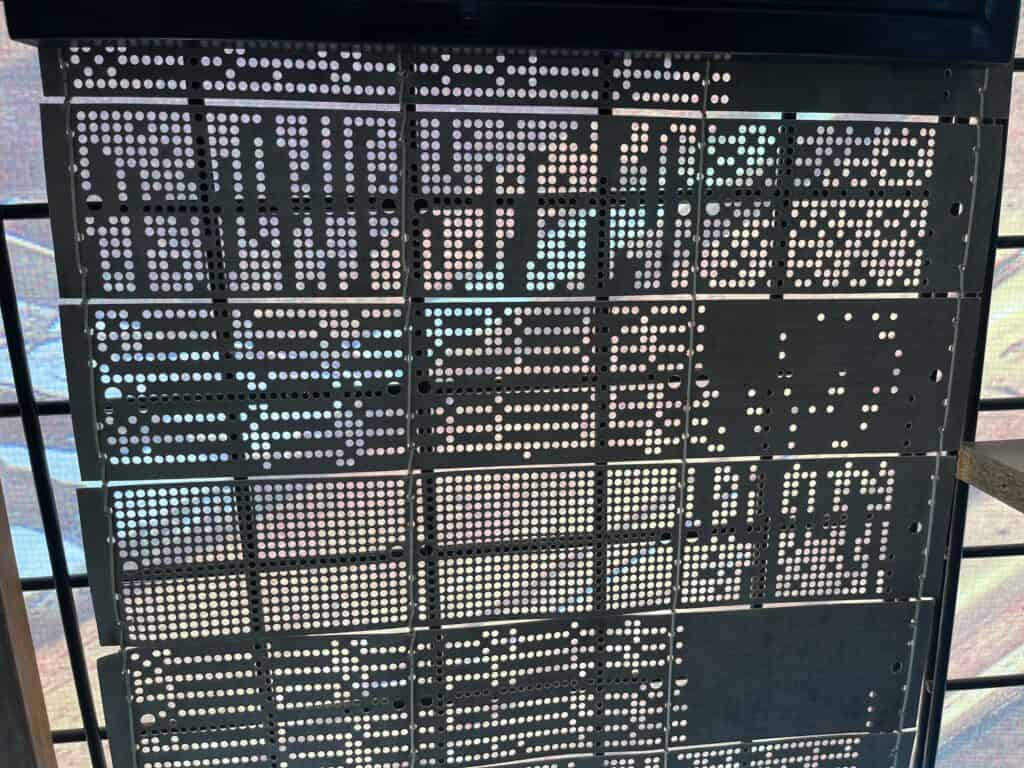
John showed me these metal punch cards, which he explained came into use in 1728 as a method of weaving tapestries. Every dot, the size of a pencil head, would contain 400 threads, thus creating the equivalent image of a modern high-def t.v. That took me by surprise. John then went on to explain that in punch card weaving, the holes represent the binary code of zeroes and ones. And that before the punch cards, King Louis XIV of France decreed in 1660 that all oil paintings had to be done in binary code for the purpose of being able to make them into woven tapestries.
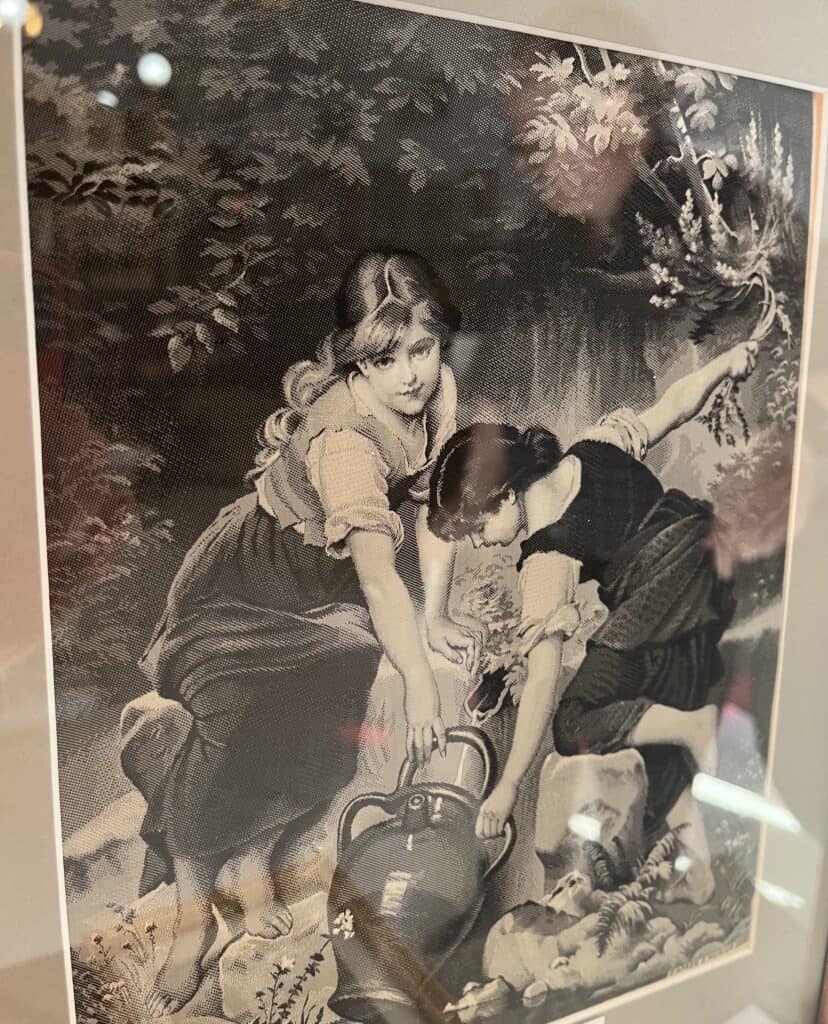
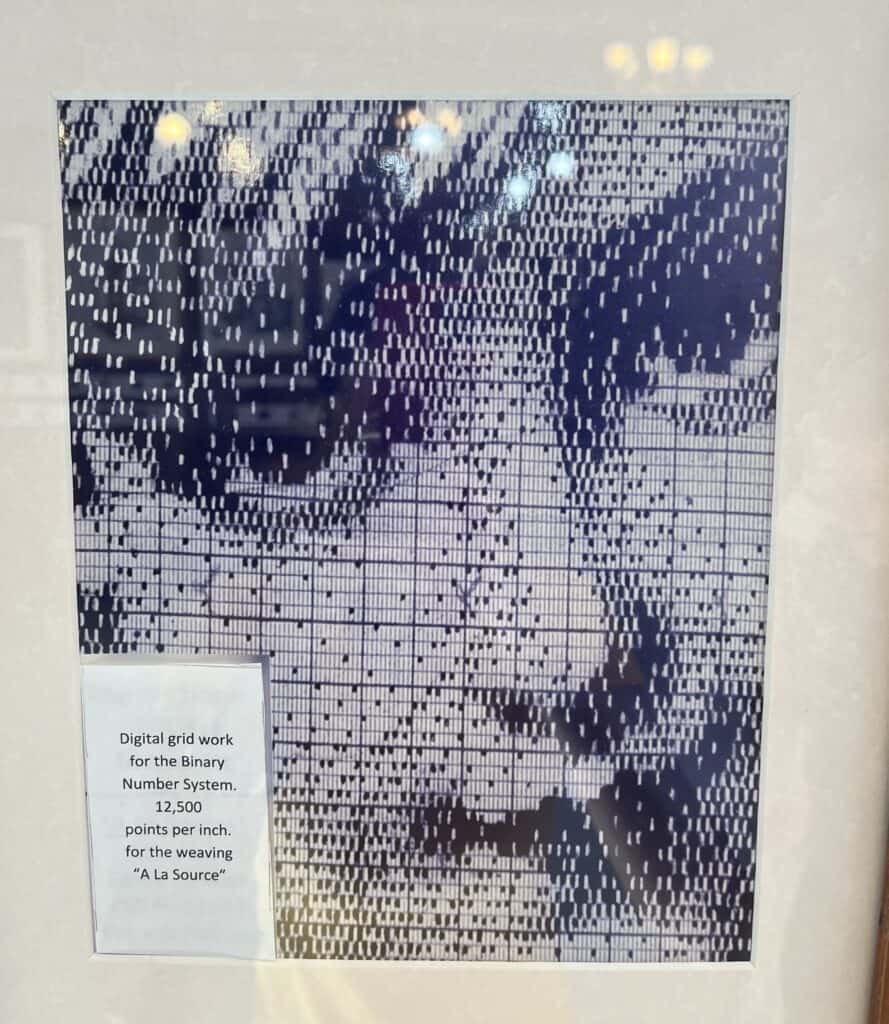
On the left is a full tapestry. The picture on the right shows the closeup of the binary code on the child’s face. John says many of the original great paintings were lost, but were actually saved on tapestries. Thankfully.
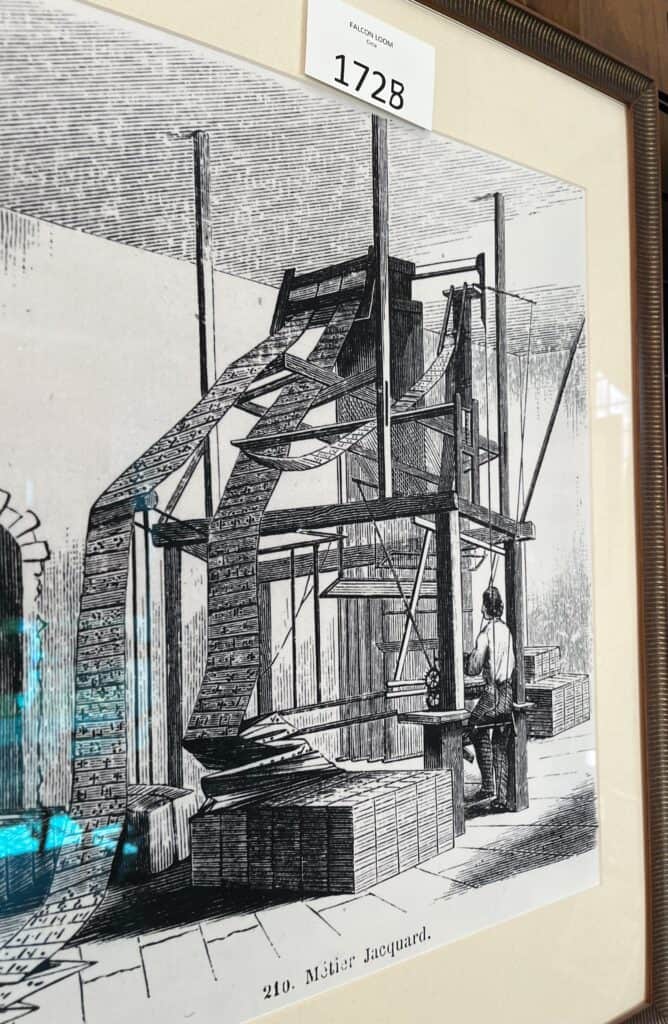
This is a depiction of a punch card loom from 1728. An ingenious invention, truly.
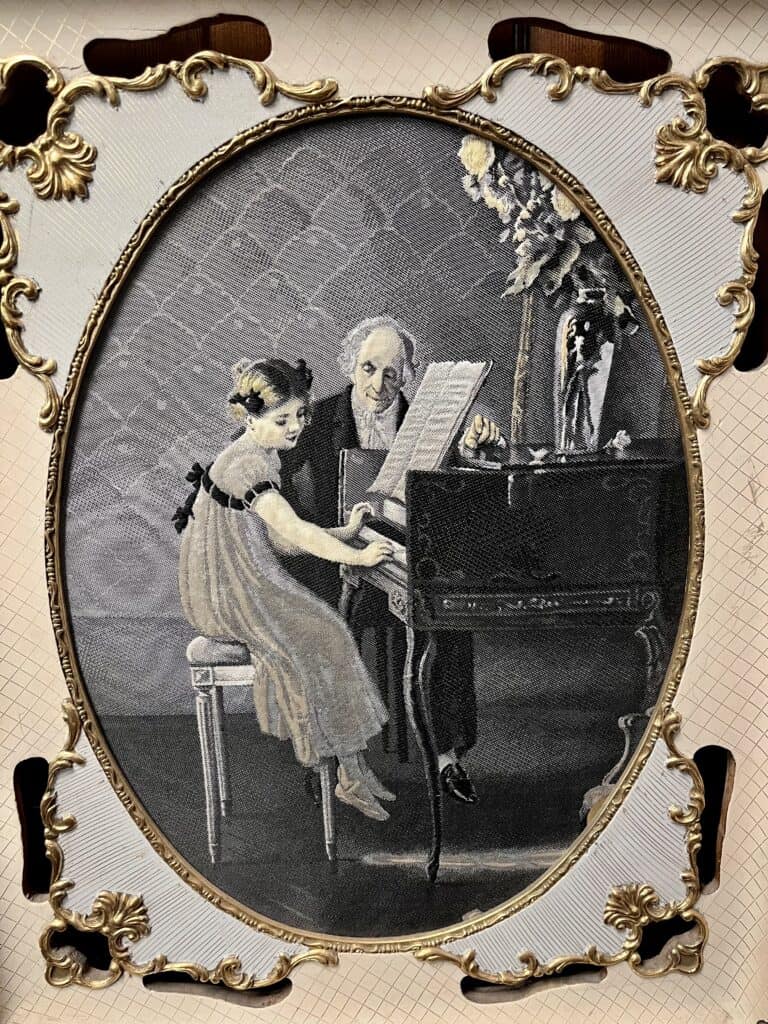
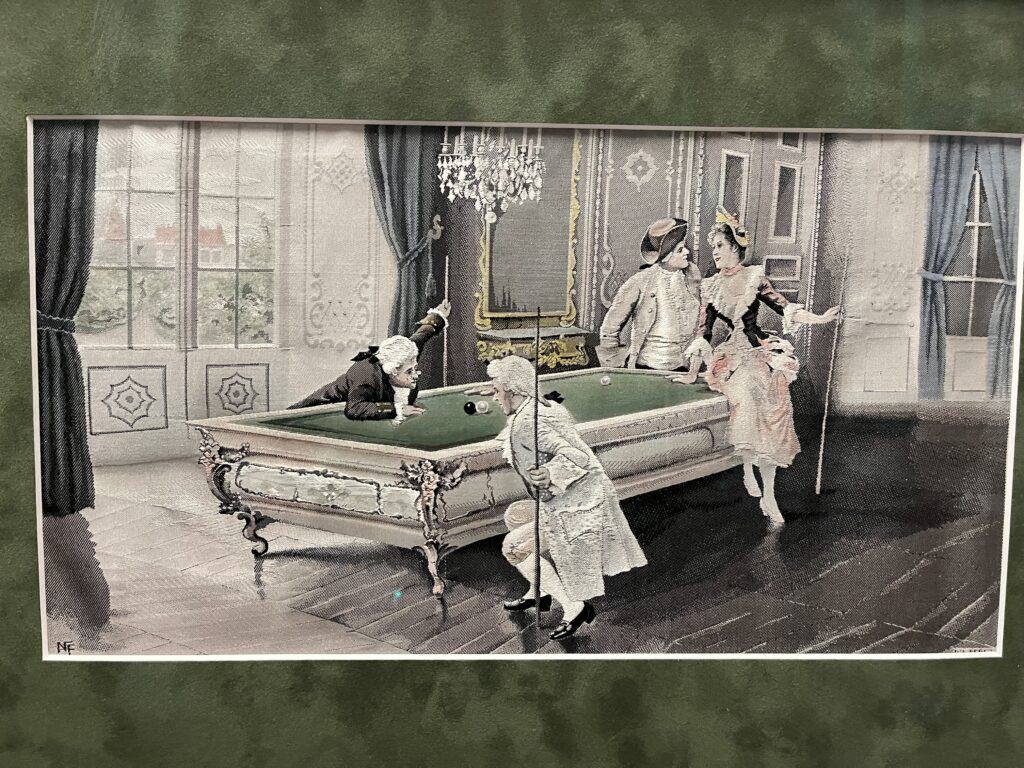
John concluded his overview of the museum by stating that he has the largest collection of silk art in the world — an astounding 800 pieces. He went on to say there are 22 museums in France that contain less than a total of 100 pieces. None are on display. The Metropolitan Museum has 10 pieces, the Chicago Art Institute has two, and the Library of Congress has two. None are on display. The Smithsonian has 10 pieces, of which only four are on display. I was stunned, thinking — how does an art collection of this magnitude and significance exist in the tiny town of Weston Missouri? Small towns never cease to amaze me with the treasures they unpretentiously host. The art on John’s silk tapestries are exquisite. Plan to visit this museum when you come to Weston. But to be on the safe side, you better schedule plenty of time to see everything that Weston has to offer. The breadth of history here is staggeringly vast.

